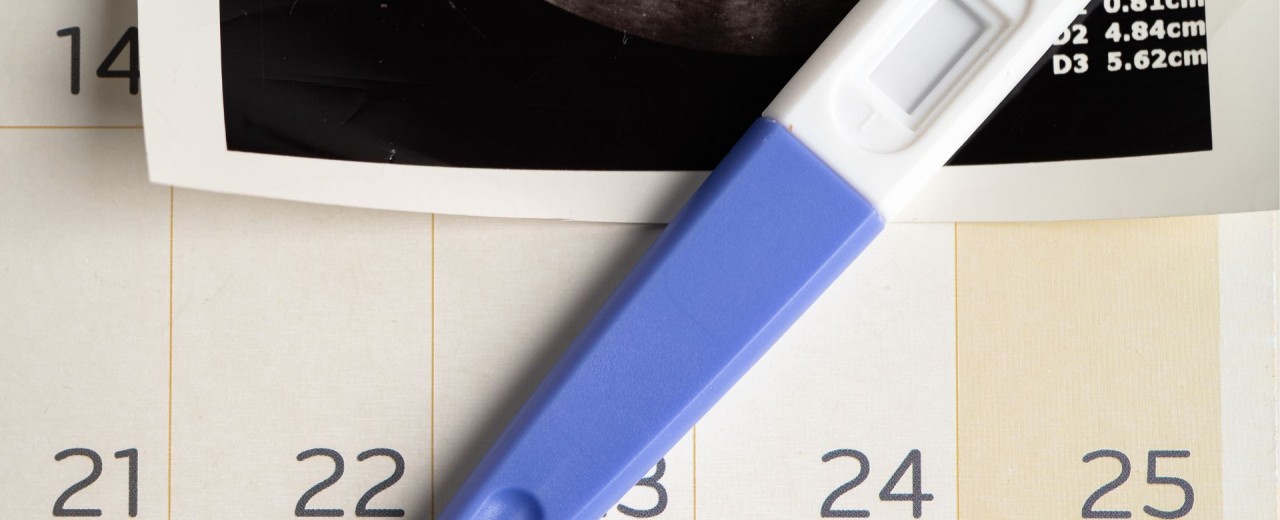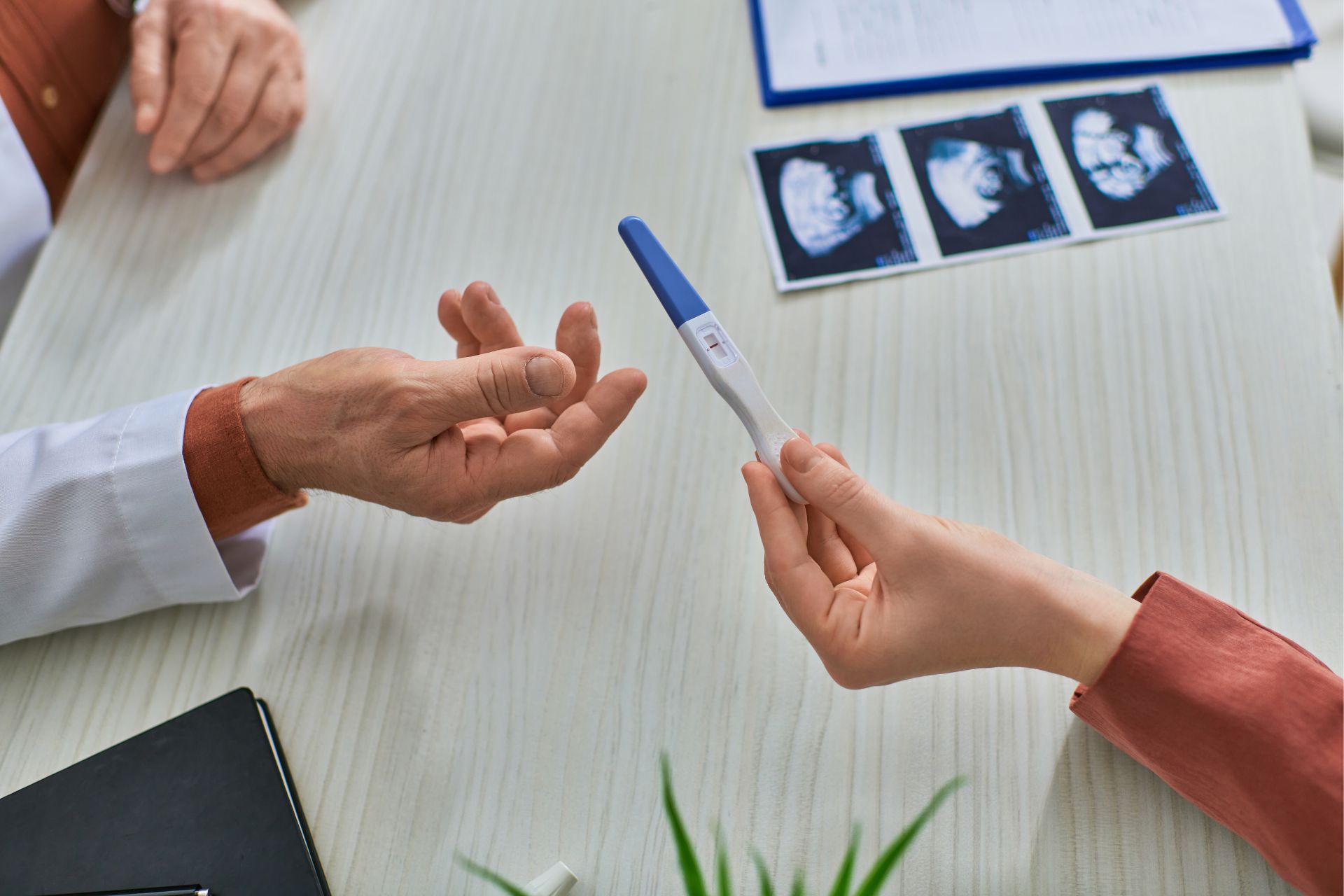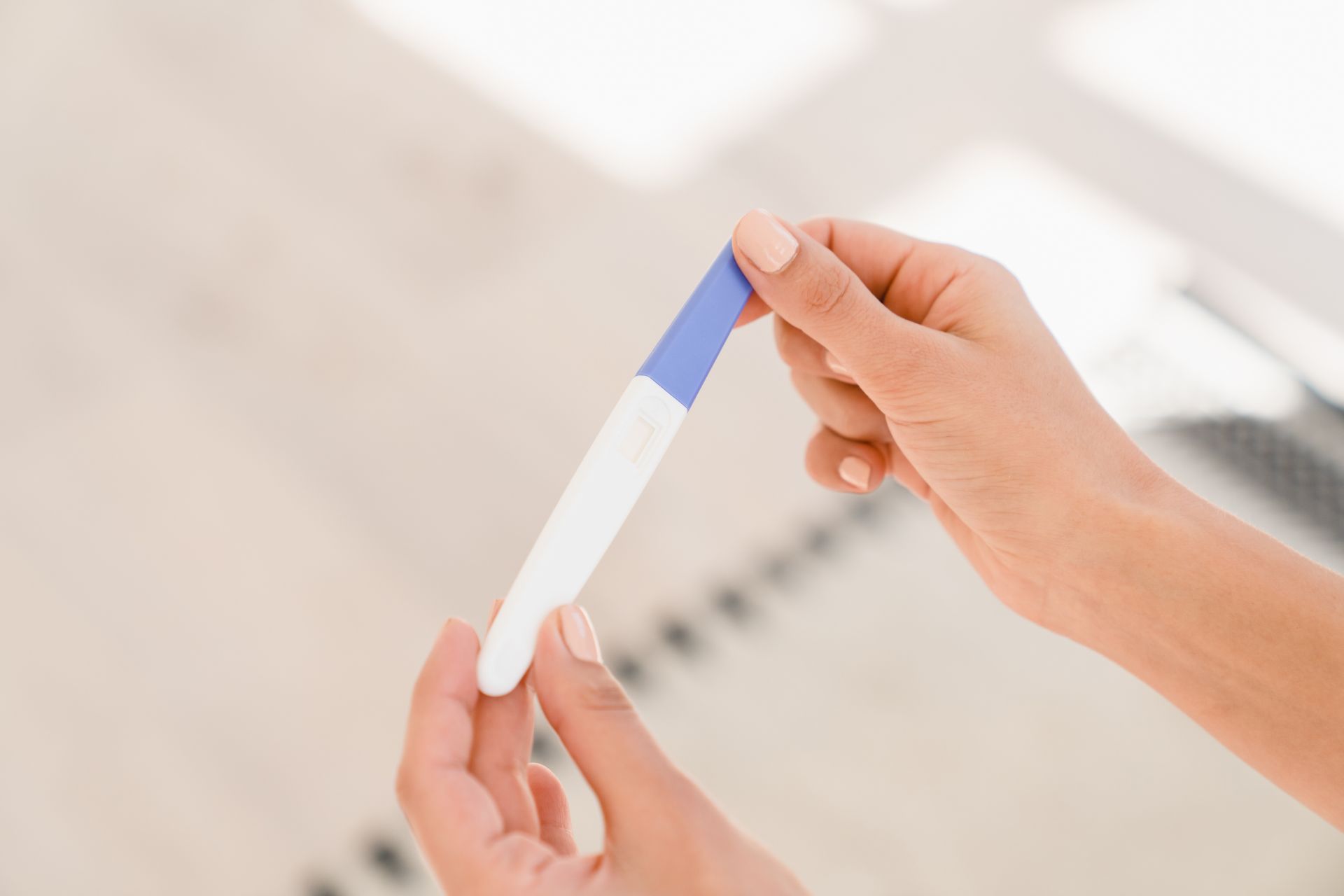How do pregnancy tests work?

Today, home pregnancy tests are the most popular way for a woman to find out if she is pregnant. These are urine tests that are nearly 100% reliable when done at the right time, helping women plan properly from the earliest days of pregnancy.
But how do pregnancy tests work? What should you pay attention to in order to get completely accurate results?
Let’s take a look at everything you need to know below.
How do pregnancy tests detect pregnancy?

When the fertilized egg implants in the uterus — about one week after fertilization — the hormone HCG (beta-human chorionic gonadotropin) begins to be produced. This hormone gradually increases during the first weeks of pregnancy and is excreted in the urine.
The pregnancy test detects this hormone in a woman’s urine from the early days of pregnancy. Some tests can detect it 2–3 days after implantation (that is, 4–5 days before the expected period), but generally, the reliability of pregnancy tests begins at about 1–2 days before the expected period, when HCG levels are high enough.
If the test doesn’t detect the hormone in the urine, it means the woman is not pregnant, and the result is negative.
How are pregnancy tests used?

There are two main ways to use a test, depending on the type:
- Dipping method: The most basic and reliable way to use a pregnancy test at home is by dipping the tip of the test strip into a container of urine for a few seconds. All pregnancy tests — whether they are strips, midstream, or digital — can be used this way.
- In the urine stream: If the test is digital or midstream, it comes in a plastic casing and can be used directly in the urine stream. In contrast, test strips without casing should not be used this way.
The most important factor is to take the test using your first morning urine, when hormone concentration is at its highest.
How do I interpret the result of a pregnancy test?

Test results are displayed in two main ways depending on the type:
- Second line: Strip and midstream tests show a positive result with a second line. There is always a control line, and if the woman is pregnant, a second line will appear. If no second line appears, the result is negative.
- YES/NO: Digital pregnancy tests display a YES or NO on the screen depending on whether the result is positive or negative.
Digital tests are the easiest to use, as they interpret the result for you. In contrast, with line-based tests, interpretation may vary because the second line can be faint.
However, even a faint line indicates a positive pregnancy test. The woman can take another test in the following days to track the increase in hormone levels. In this case, the most affordable option is to use test strips, which are low-cost and sold in multi-packs.
Read the full guide on which pregnancy test to choose
The most important thing is to use reliable pregnancy tests, like those from HomeTest, which give you accurate answers to one of life’s most important questions.
0 comment(s)